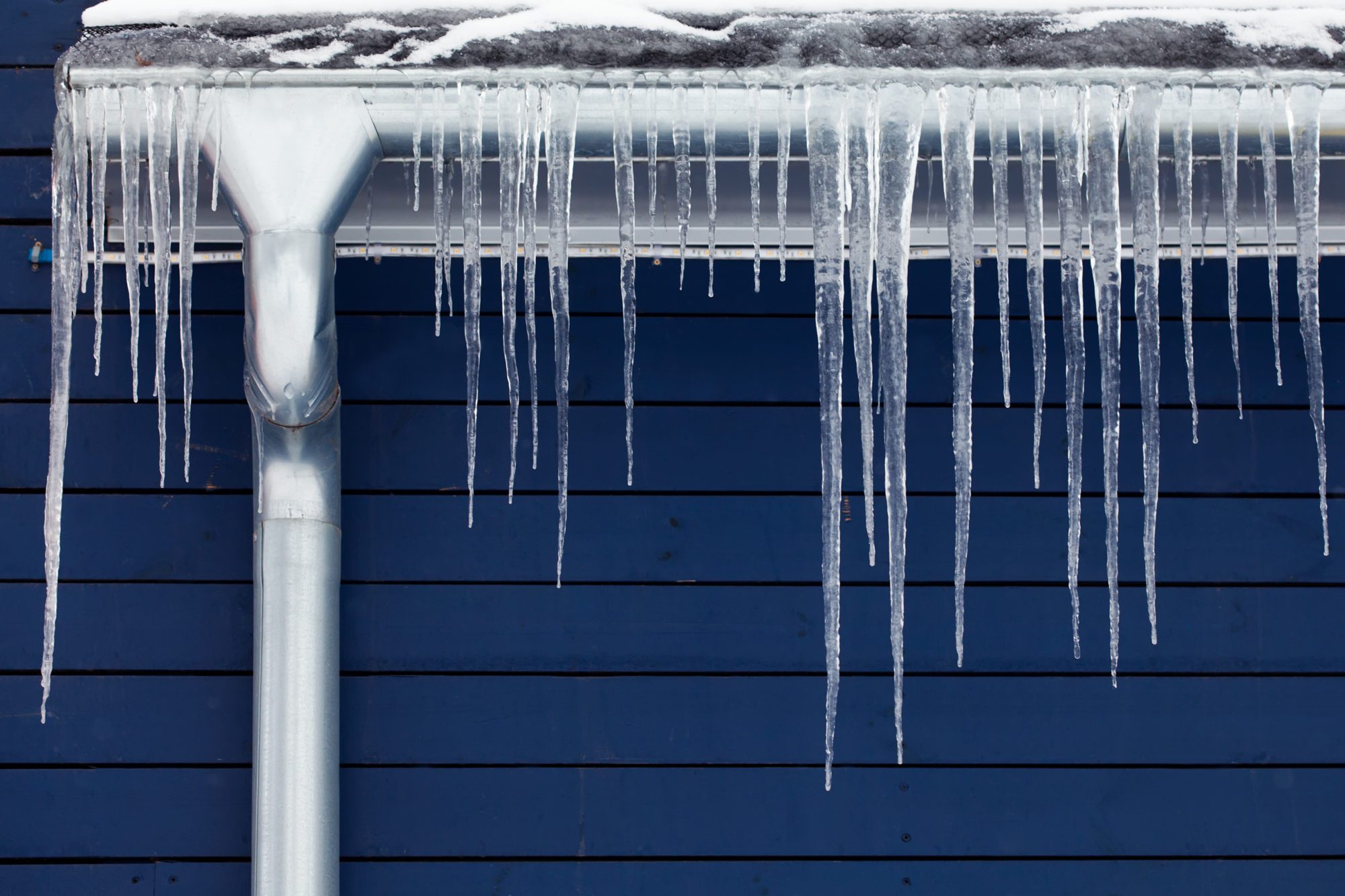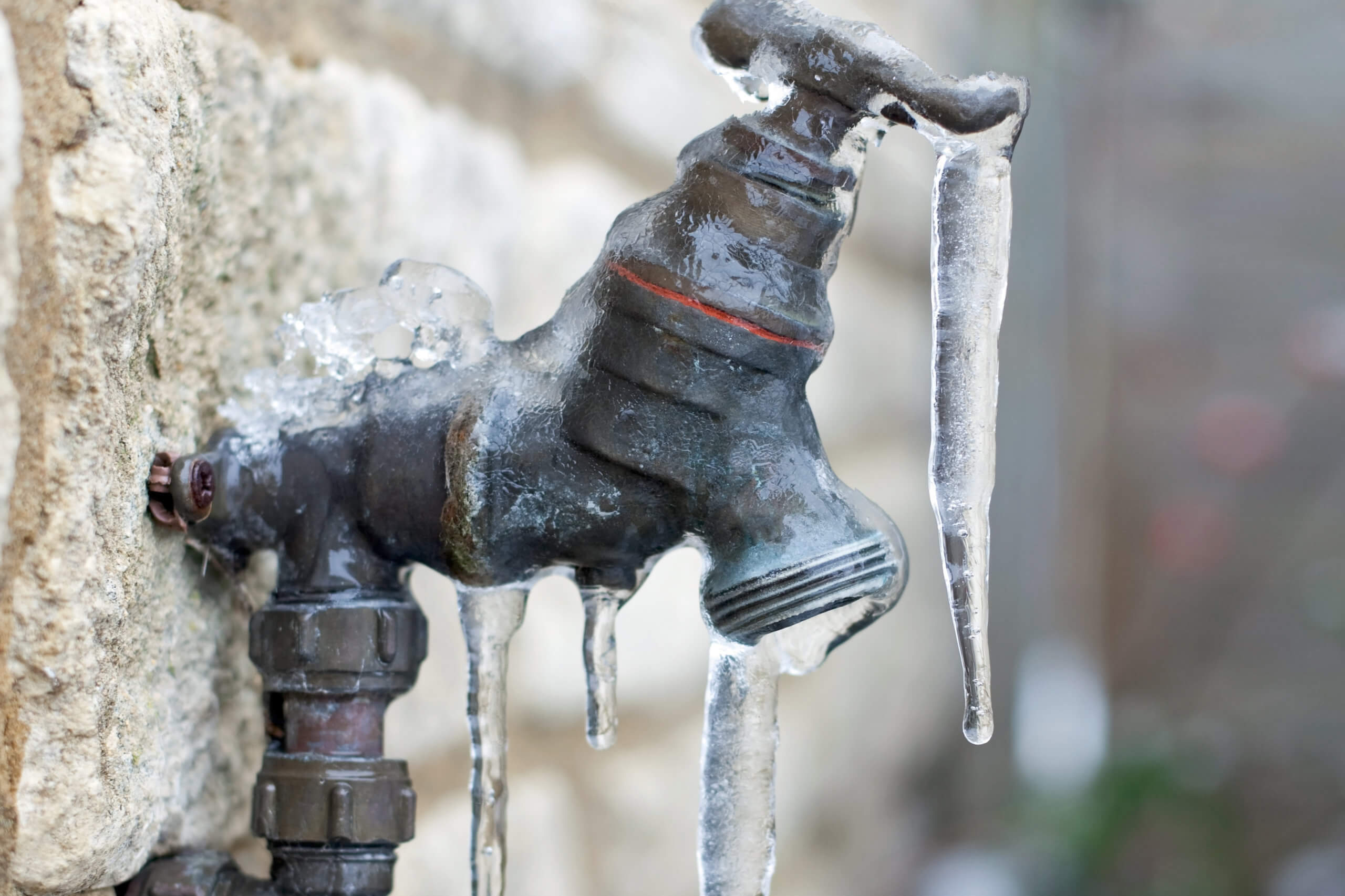Avoiding Frozen Pipes: Best Strategies for Cold Weather
Avoiding Frozen Pipes: Best Strategies for Cold Weather
Blog Article
Were you trying to find advise about Preventing and dealing with frozen pipes?

Cold weather can wreak havoc on your pipes, specifically by freezing pipelines. Here's exactly how to prevent it from happening and what to do if it does.
Intro
As temperature levels decrease, the danger of frozen pipes boosts, possibly resulting in costly fixings and water damages. Recognizing how to stop icy pipes is vital for homeowners in chilly climates.
Comprehending Frozen Pipelines
What causes pipelines to freeze?
Pipes freeze when revealed to temperatures below 32 ° F (0 ° C) for prolonged durations. As water inside the pipelines ices up, it increases, taxing the pipe wall surfaces and potentially causing them to rupture.
Risks and problems
Frozen pipes can lead to water interruptions, residential property damage, and costly repairs. Burst pipelines can flooding homes and cause comprehensive architectural damages.
Signs of Frozen Piping
Identifying icy pipelines early can prevent them from rupturing.
Exactly how to determine icy pipelines
Try to find lowered water circulation from taps, uncommon smells or noises from pipelines, and visible frost on exposed pipes.
Prevention Tips
Shielding vulnerable pipes
Wrap pipes in insulation sleeves or utilize heat tape to protect them from freezing temperatures. Focus on pipelines in unheated or exterior locations of the home.
Heating techniques
Maintain indoor rooms properly heated, specifically locations with pipes. Open closet doors to permit cozy air to distribute around pipelines under sinks.
Securing Outside Plumbing
Yard pipes and outside taps
Detach and drain yard hose pipes prior to wintertime. Install frost-proof faucets or cover outside taps with insulated caps.
What to Do If Your Pipelines Freeze
Immediate activities to take
If you believe frozen pipelines, maintain faucets open to relieve stress as the ice thaws. Utilize a hairdryer or towels soaked in hot water to thaw pipelines gradually.
Long-Term Solutions
Architectural modifications
Consider rerouting pipes far from outside wall surfaces or unheated locations. Include additional insulation to attic rooms, basements, and crawl spaces.
Upgrading insulation
Purchase top notch insulation for pipelines, attics, and wall surfaces. Proper insulation helps preserve consistent temperatures and minimizes the danger of icy pipelines.
Conclusion
Protecting against icy pipelines needs proactive procedures and fast actions. By comprehending the causes, indicators, and safety nets, home owners can safeguard their plumbing throughout cold weather.
5 Ways to Prevent Frozen Pipes
Drain Outdoor Faucets and Disconnect Hoses
First, close the shut-off valve that controls the flow of water in the pipe to your outdoor faucet. Then, head outside to disconnect and drain your hose and open the outdoor faucet to allow the water to completely drain out of the line. Turn off the faucet when done. Finally, head back to the shut-off valve and drain the remaining water inside the pipe into a bucket or container. Additionally, if you have a home irrigation system, you should consider hiring an expert to clear the system of water each year.
Insulate Pipes
One of the best and most cost-effective methods for preventing frozen water pipes is to wrap your pipes with insulation. This is especially important for areas in your home that aren’t exposed to heat, such as an attic. We suggest using foam sleeves, which can typically be found at your local hardware store.
Keep Heat Running at 65
Your pipes are located inside your walls, and the temperature there is much colder than the rest of the house. To prevent your pipes from freezing, The Insurance Information Institute suggests that you keep your home heated to at least 65 degrees, even when traveling. You may want to invest in smart devices that can keep an eye on the temperature in your home while you’re away.
Leave Water Dripping
Moving water — even a small trickle — can prevent ice from forming inside your pipes. When freezing temps are imminent, start a drip of water from all faucets that serve exposed pipes. Leaving a few faucets running will also help relieve pressure inside the pipes and help prevent a rupture if the water inside freezes.
Open Cupboard Doors
Warm your kitchen and bathroom pipes by opening cupboards and vanities. You should also leave your interior doors ajar to help warm air circulate evenly throughout your home.

Hopefully you liked our excerpt about Winter Plumbing Precautions: Preventing Frozen Pipes. Thanks a lot for spending some time to browse our short article. Are you aware of another individual who is sincerely interested in the niche? Feel free to promote it. I truly appreciate reading our article about Prevent Frozen Pipes .
Book Report this page